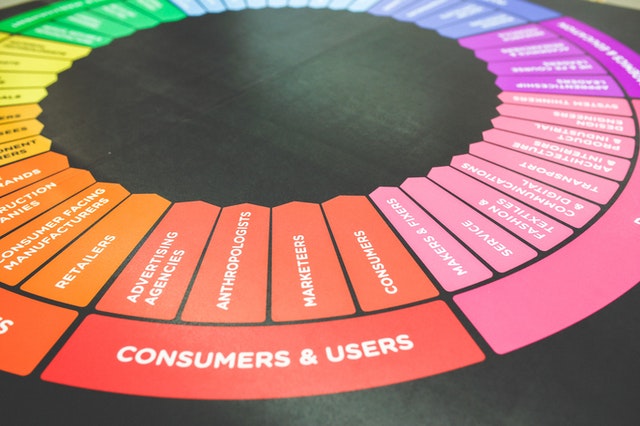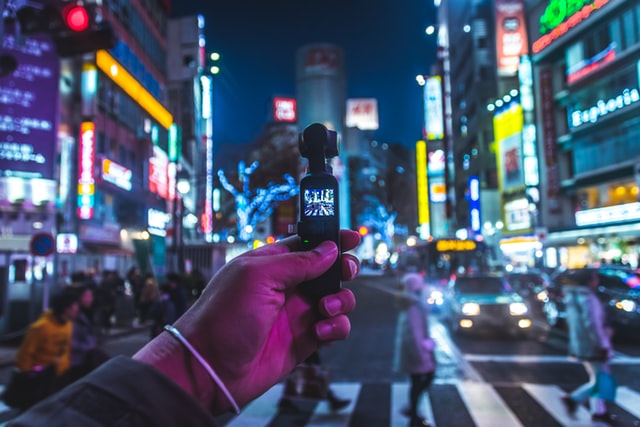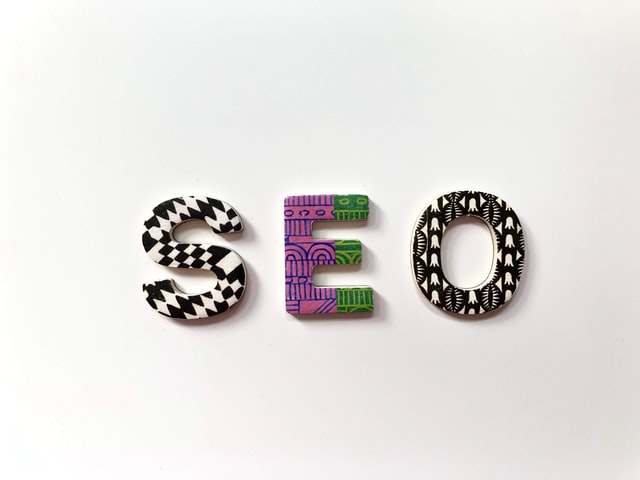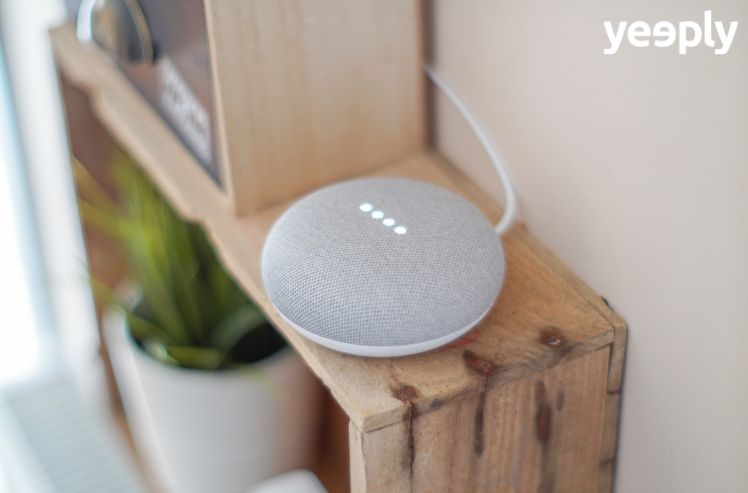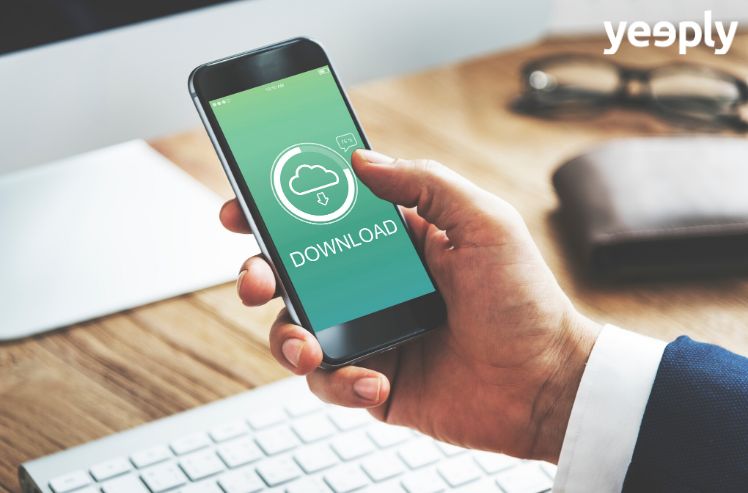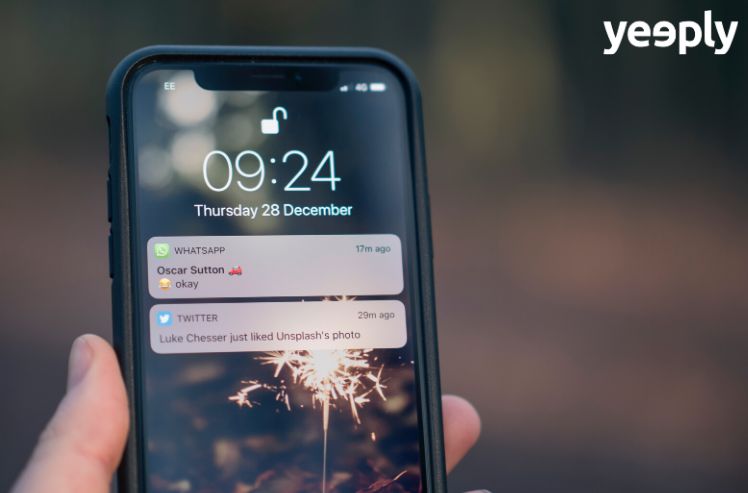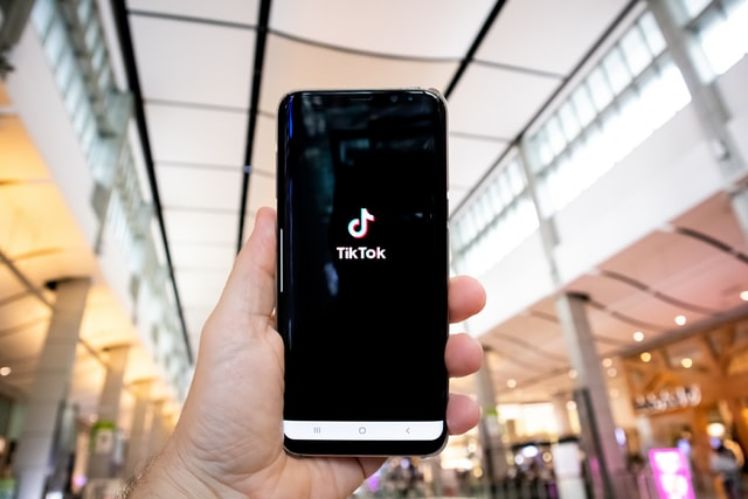Investing in app promotion is essential to ensure that our app stands out in the app market and, thus, reaches out to our potential users. I am aware that I always mention the following fact but it still comes to me as a surprise that up to 60% of apps fail to obtain more than 1,000 downloads per year. And all this assuming that everyone is offering a good product (why would someone publish a deficient app, right?). In this case, we assume that the product is a fantastic app with added value that solves a need that the mobile user has. If we’ve developed a good product, all we need to do is to avoid being among that 60% of apps which don’t reach the 1,000 annual download figure. And the answer to this is promotion.
However, the thing is that we’re not yet fully aware of the importance of promotion. 1,000 annual downloads is nothing. myTaxi is one of the most popular applications for getting a taxi in your city and has achieved 10 million downloads in the 6 countries where it operates since it was launched in Hamburg in 2009. The company behind it − which began as a start-up − was bought by Daimler in 2014. The key to myTaxi’s success has been its positioning through a constant campaign of app promotion. myTaxi’s campaigns have distinguished themselves by being always 360° campaigns.
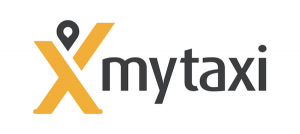
What are 360° campaigns?
360° campaigns are campaigns with a holistic focus that encompass all possible channels available. They are based on identifying who is the user and what are the best ways to reach him/her, regardless of whether the campaign will make use of social networks, TV ads or even food trucks. In my opinion, myTaxi is among the applications that are managing better this kind of campaigns. I’ll now explain my experience with this app (as a potential user at first and now as a full-fledged user) to shed some light on it.
An example of a 360° campaign
I travel frequently from Madrid to Barcelona on Spain’s high speed train AVE and am usually always in a hurry. A taxi is the best solution when you’re in a hurry (especially if taxi drivers manage to overcome traffic jams!). My experience with taxi drivers was never very good, as I have stumbled upon many with a very guile attitude who took longer itineraries or even went round in circles − something that’s more under my control since the arrival of Google Maps, by the way. For this reason, I wasn’t yet fully convinced about downloading this app. However, after several trips seeing myTaxi ads at Barcelona’s Sants station, in the AVE’s seats and in Madrid’s Atocha station, one day I was given a discount if I activated the app and the following month I decided to overcome my initial reluctance and downloaded it.
My experience with myTaxi’s drivers improved greatly. Requesting a taxi is super convenient: you can do it at the office or without leaving your home! Besides, I don’t need to carry cash with me: I can pay right away with the app! The service is very good and the taxi drivers I’ve travelled with have always granted me a nice trip.
However, there’s more to my experience with myTaxi. Taking a taxi through this app is quite an experience in itself. If you’re thirsty, you’ll be offered a bottle of water. You are also told about any innovations regarding the service. And even get offered discounts for your family and friends (this way they have managed to get my whole family to use the app!). Also, you can find all the information regarding the app in the taxi itself: in the right back seat you’ll always find brochures for you to pick up if you need.
However, a user’s experience with this app is not limited to an “offline” level. I’ve seen some of their ads on Facebook’s timeline and − as a satisfied user − I’ve recommended the app to my friends.
In addition, they launch promotions in a timely manner within the app (for example, 50% off your next ride) that encourage you (or at least encourage me) to get more taxis than I really need.
Having said all this, I realise as a user that this app is present in all the channels I use:
- Train stations
- Taxi experience
- App experience
- Social Networks
In fact, my contacts with the brand were through offline channels at first. And then, gradually, they became increasingly digital. These first offline contacts convinced me about the brand’s reliability and encouraged me to download the app and start using it. Has something similar happened to you with other apps?
The key to app promotion
There are two things that we have to consider when it comes to app promotion: planning and budgeting. Planning the app’s release and its future updates is paramount but so is allocating a budget for further investment to help us get closer to our customers.
The first thing to get sorted out is the budget. A budget for app’s development but also for its promotion. It’s recommended to allocate the budget as follows:
- 30% of our budget for app development
- 70% of our budget for app promotion
The budget is not something to sort out at the beginning and then just to forget about. Most start-ups are continually closing funding rounds to keep up with their planned investment levels and thus be able to achieve their targets in terms of downloads and active users. In promotion campaigns, we have to focus especially on downloads. However, we must do so as myTaxi does, i.e. without forgetting the user’s experience.
How much to invest in promotion is another big question. My advice: as much as you can afford. Many applications/start-ups don’t kick start if they lack a minimum of € 100,000 for promoting their app. The truth is that lower budgets pose difficulties for achieving high download figures. On the other hand, not daring to move forward if you lack your planned budget is − in my opinion − not a good option either. A famous dating application kicked off like most start-ups do in the movies: in a garage. They had a small budget but a lot of creativity and, above all, a very clear idea of who they were targeting. Their target user was a young man or woman who likes to party to meet other young people.
What was their approach? They organised parties where the entry requirement was to have the app installed. Once there, future users started using the app, as they were “in the mood” to meet more people (and who knows, maybe even their significant other!). They obtained downloads and users and made their app go viral by throwing this kind of parties (offline actions). I’m sure you can reach out to your users if you are creative even if you have a tight budget.
How to obtain more than 1,000 annual downloads
My advice is to set this figure as your first target: 1,000 annual downloads. If you exceed this figure, your application stands a high chance of surviving in the crowded and fierce app market − a market teeming with over 1.5 million applications in each of the two major submarkets (Android and iOS).
The first thing you need for achieving this first objective is to have a budget (we have already seen how large) and basic marketing knowledge because, at the end of the day, a mobile application is a product that we need to get across to the user (or potential customer). We also need to make him understand which of his needs does it suit and make him fall for it so that he downloads and uses our app. These are the basics of marketing (reaching out to your users and satisfying their needs). We’ll now be focusing on these basics a bit. Don’t forget these 3 premises:
- Analyse well where you are investing every single euro of your budget.
- It’s very important to be quick and identify whether the channel chosen is working or not.
- Don’t stop dead in your tracks if you lack the ideal proper resources.
To ensure this, we have to find out where is our potential user (both in the digital world and offline). Many mobile app developers and companies have forgotten that customers are flesh and blood people. And many campaigns focus mainly on the digital world. The digital world is a good way to reach out to your user but it’s not the only way. Knowing who is your user and where can we find him is very important to hit the bull’s eye. The clearer this is for us, the fewer resources (i.e. budget and time) we’ll waste along the way. The 10 following questions will help you identify your potential user and know where to find him/her:
- Which social networks is he using?
- Which mobile applications does he use on a daily basis?
- Which webpages does he visit the most?
- Which bloggers is he following?
- Is he studying or working?
- What does he do after his day at college/university?
- Where does he like to party?
- Which concerts/music festivals does he never miss?
- What are his plans for the weekend (staying at home, hiking, partying, being a foodie…)?
- What are his interests (fashion, technology, food…)?
All these questions will help us get to know our users better. This way we’ll know which channels to use for our app’s 360° campaign.
The aim of this campaign is to have an impact on our user through as many different channels as possible. It’s needless to say that we have to achieve this without being annoying!
I hope my experience with myTaxi and having discussed different kinds of channels gets you inspired for creating great 360° campaigns for your mobile applications.



